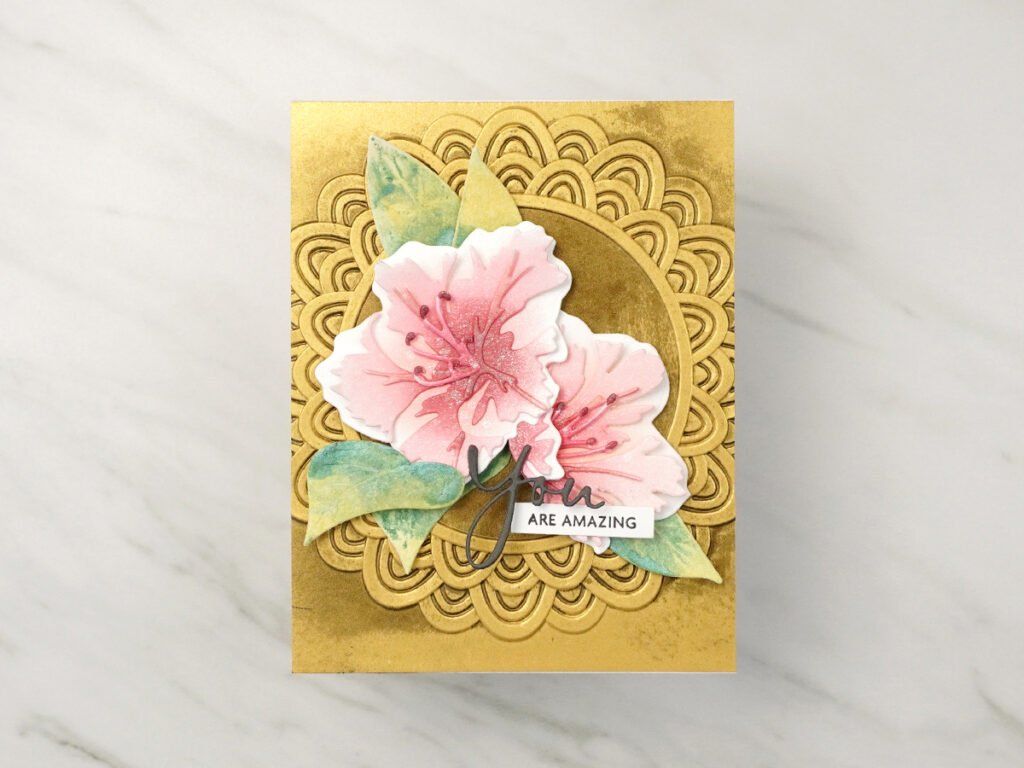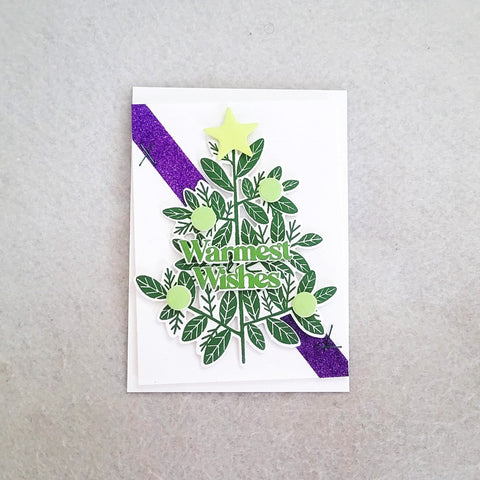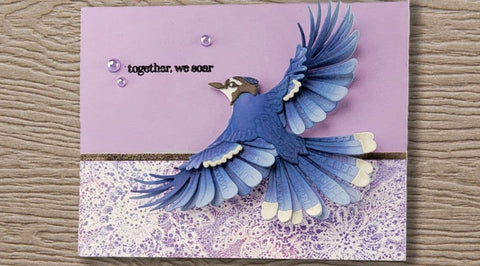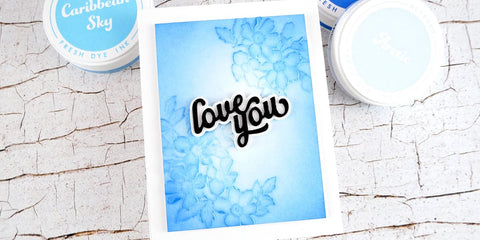The Best Practical Card Making Techniques We've Learned from Jaycee
Last Updated: October 29, 2025
Are you a crafting enthusiast looking for some practical card making techniques to take your creations to the next level? Do you love Jaycee Gaspar’s handmade cards and wish you could recreate them easily? You’re in luck! In this post, we'll highlight some of the best card making techniques we've learned from Jaycee, along with some card making tips from his video series on the Altenew YouTube channel. Ready to dive in? Let’s get started!

Best Practical Card Making Techniques from Jaycee
1) Use the right tools. One of the most important things when it comes to card making is using the right tools. Jaycee recommends investing in some basic tools such as a good paper trimmer, scoring board, scissors, and bone folder. These crafting tools will help you create clean and precise cuts, folds, and creases. Not investing in high-quality basic crafting tools is like trying to bake a cake without getting good measuring cups and spoons, mixing bowls, whisk, etc.

2) Experiment with different inks. Inks are an essential part of card making. While there’s nothing wrong with sticking to your favorite inks, it also wouldn’t hurt to try out different types of inks to achieve various effects. For instance, dye inks are great for blending and layering, while pigment inks are perfect for heat embossing. You can also try using your watercolors as inks!

3) Add dimension with foam tape. Foam tape is a great way to add dimension to your cards. Jaycee loves using foam tape to pop up elements like sentiments, images, and die-cuts. This simple trick will give your cards a more polished look instantly.

4) Create your own backgrounds. Creating your own backgrounds is a fun and easy way to add interest to your cards. In Jaycee’s case, stamping, stenciling, and ink blending techniques help him create unique and personalized backgrounds.

If you’re ready to take your card making to the next level, let Jaycee guide you through his online card making classes.
5) Use watercolor tricks and techniques. Watercolor techniques are a great way to add a soft and dreamy look to your cards. Altenew offers a wide range of watercoloring tools - watercolor pans, watercolor pencils, watercolor brush markers, gouache, etc. - that you can choose from.

In this video tutorial, Jaycee showcased 3 effortless watercolor tricks for creating flower cards, using Altenew's watercolor paper and dual-tipped pens in Tahitian Terrace.
6) Add sparkle with glitter. Who doesn't love a little bit of sparkle? Using glitter to add some bling to your cards is super fun and easy! You can use glitter cardstock, glitter glue, or even loose glitter to achieve this effect. This is one of the best card making techniques that you can try even as a beginner.

7) Mix and match patterned papers. Mixing and matching patterned papers is a great way to add interest and texture to your cards. Jaycee recommends choosing papers that complement each other and have a similar color scheme. You can also try using two different types of textured cardstock and inking them up to change their colors.

8) Use die-cuts creatively. Die-cuts - both negative and positive - are versatile and can be used in many different ways, beyond their initial purpose. Jaycee suggests using them creatively by layering them, cutting them apart, or even using them as stencils.
Perfect Pairings with Jaycee
Ever since joining Altenew, Jaycee has been sharing mindblowing handmade cards and must-try card making techniques. His Perfect Pairings with Jaycee video series aims to inspire you to revive your stash, or find new favorites in older Altenew releases! In every how-to video, Jaycee uses one NEW Altenew item from the current month’s release and pairs the product with an old Altenew item from the previous month or older.
Here are a few more card making techniques from Jaycee’s Perfect Pairings video series.
1) Use Layering Stamps for Depth and DimensionOne of the most popular techniques in card making is stamp layering, which allows you to create images with depth and dimension. The trick is to start with the lightest color ink and work your way up to the darkest, stamping each layer on top of the previous one. This will create a stunning, multi-dimensional image that is sure to impress. There are few tried and tested stamping tools to help ease the process of stamp layering, but have you tried the Stampwheel?

Watch the video below to see how easily you can achieve this card making technique with the Altenew Stampwheel and other floral stamps.
2) Add Embellishments for Texture and Interest
Another way to add interest to your cards is by incorporating embellishments such as crystal clear drops, pearls, enamel dots, or gems. Simply apply a small dot of adhesive to your card and place the embellishment on top. Check out how Jaycee used sequins, metallic thread, and wax seal for a quick and unique way to add texture and dimension to his card. Make sure you follow the “rule of three” when adding your embellishments to ensure that your overall design is well-balanced.

If you're looking for a way to add some personality to your cards, try creating your own backgrounds with stencils. Layering stencils can help you create a beautiful, multi-colored background instantly. Simply lay the stencil over your card and use a blending tool to apply ink in various colors. The result is a unique and eye-catching background that will make your cards stand out.

Ink blending is a popular technique in card making, but there are many creative ways to do this. Jaycee recommends experimenting with different blending tools to achieve different looks and effects. He also suggests trying out different ink blending techniques such as ombre or rainbow blending for a fun and unique effect.

5) Use Heat Embossing for a Professional Finish
If you want to take your cards to the next level, try heat embossing. Simply stamp your image with embossing ink, sprinkle embossing powder over the image, and use the heat tool to melt the powder. The result is a raised and glossy image that looks like it was done by a professional.
We hope that these card making techniques from Jaycee have inspired you to try out some new things. If you're looking for more inspiration, make sure to catch his videos every second and last Sunday of every month over at the Altenew YouTube channel.
Which one of these card making techniques is your go-to? Share some of your own tips and techniques below. Happy crafting!















